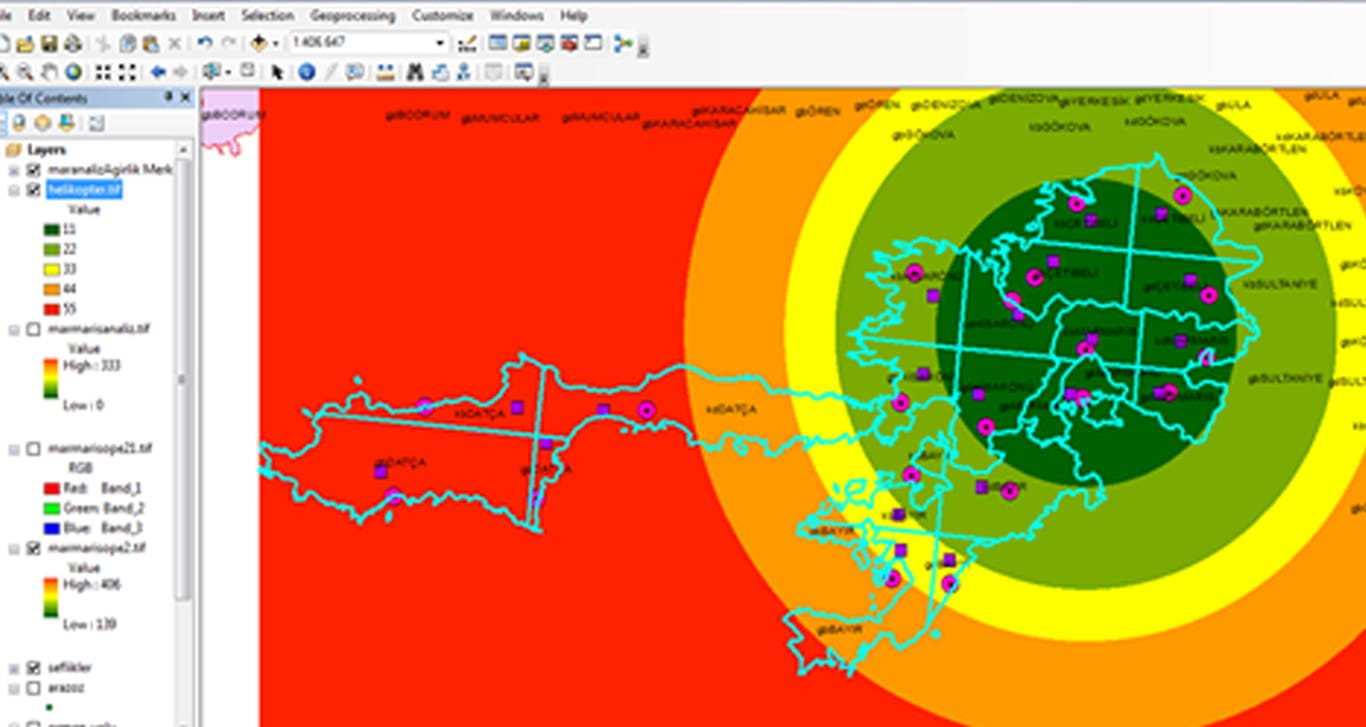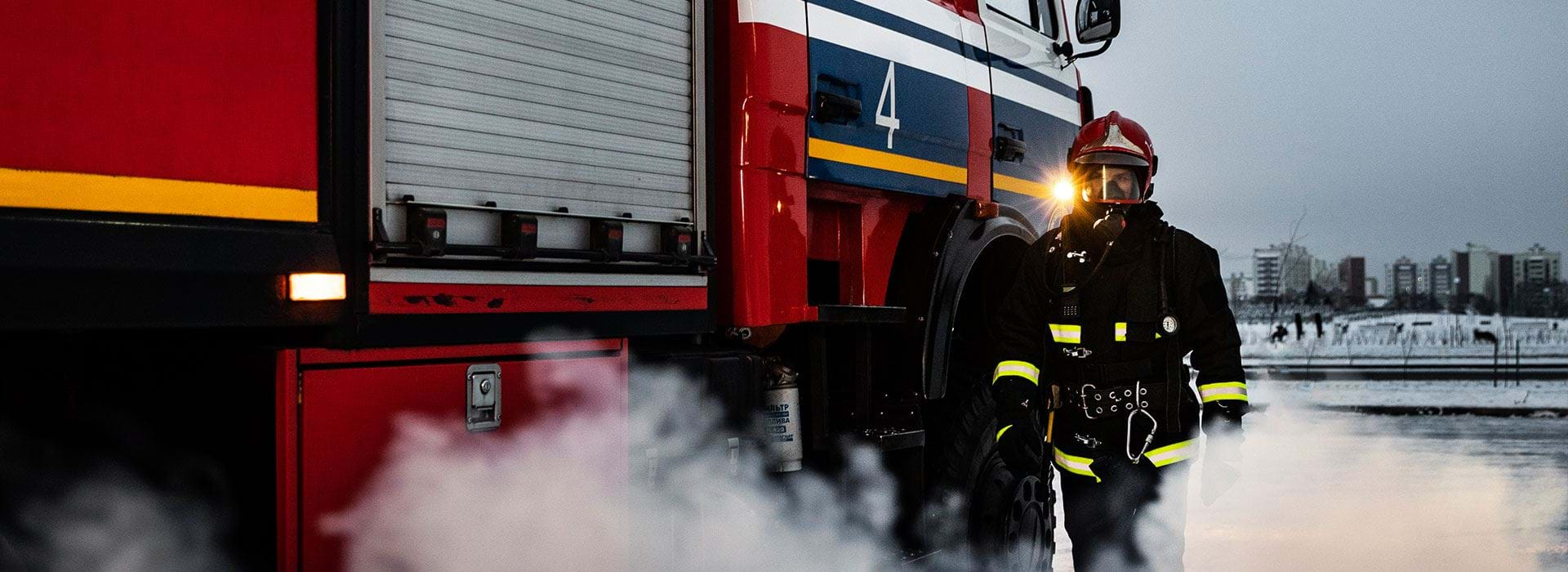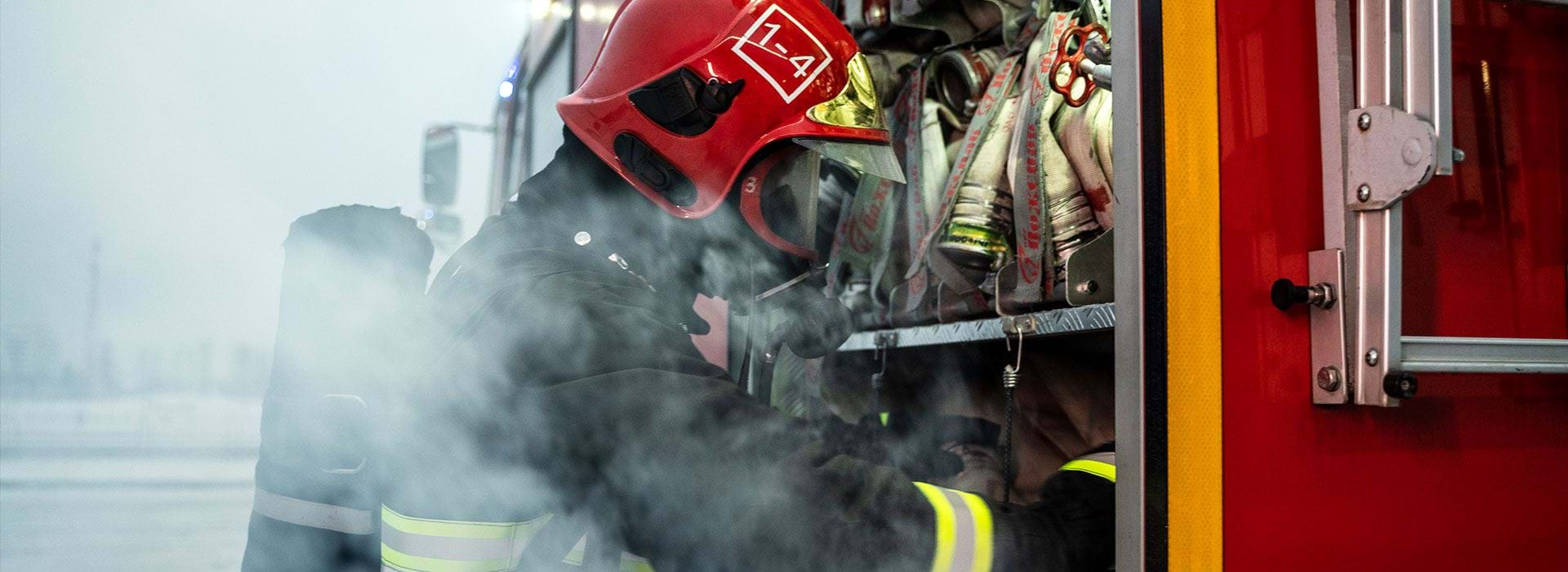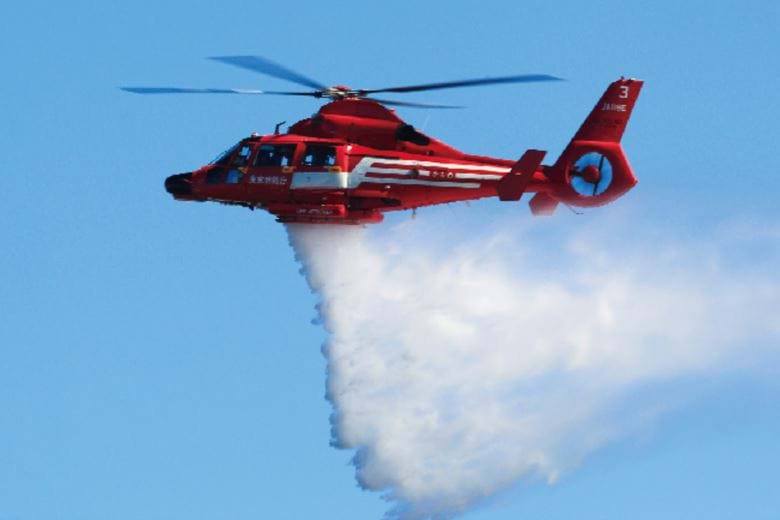Private Aviation Institutions (Air Responding to Forest Fires)
The model takes a stand that it can be more effective to prevent larger fires by re-arranging the aviation elements in adequate capacity quantitatively in the light of risk evaluation due to the restrictions of fighting encountered by ground teams in relation to first respond and preventing the spread of fires. 
It is possible for forest fires to get larger rapidly and get out of control after outbreak in the forest areas in case of strong wind.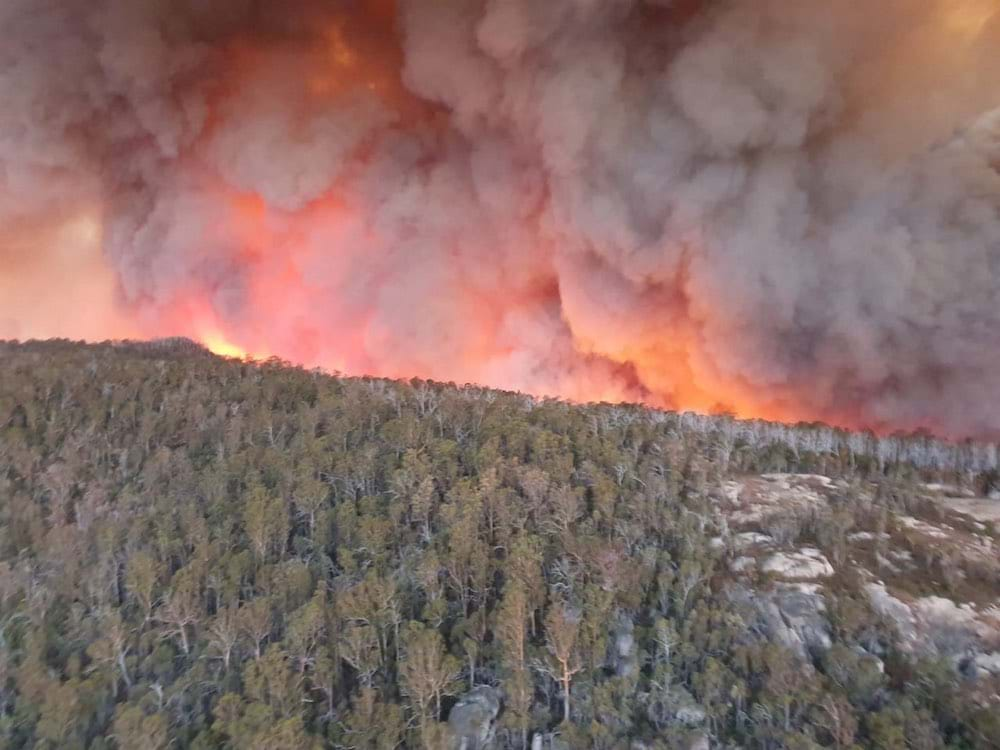
Current risks can be decreased by directing the high level expenditures incurred on human and vehicles for firefighting to accelerate the duration of first respond of aviation elements by activating the air-supported forest firefighting system in such areas.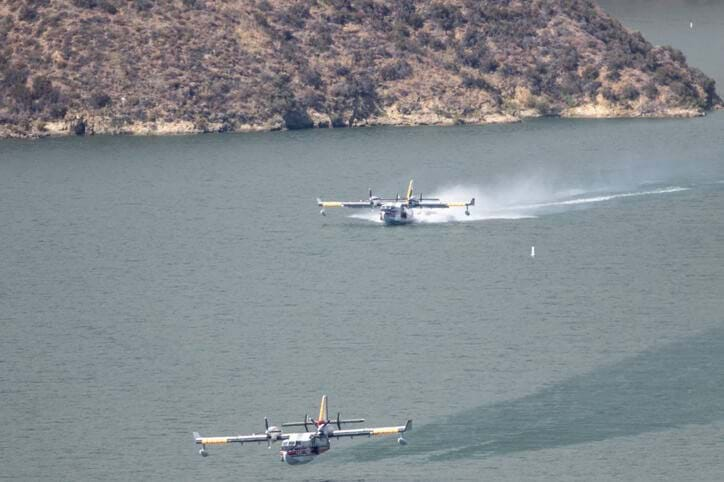
Therefore, new approaches can be presented to aviation companies in forest firefighting by constituting Efficient Air-Supported Forest Firefighting System. 
Model is necessary to use aerial vehicles (helicopter, plane, unmanned aerial vehicle) more efficiently in fire by means of fire efficiency analysis, and to determine how many aerial vehicles to be required in the necessary,
Risky and critical areas and to plan Fire Prevention – Air Defense for risky areas requiring air respond due to it is not reachable from ground.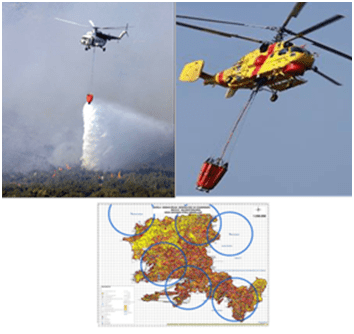
By means of this software, Private Aviation Organizations can start the new fire prevention activities in larger potential areas by organizing aerial vehicles required in risky areas in relation to ground and air responds. 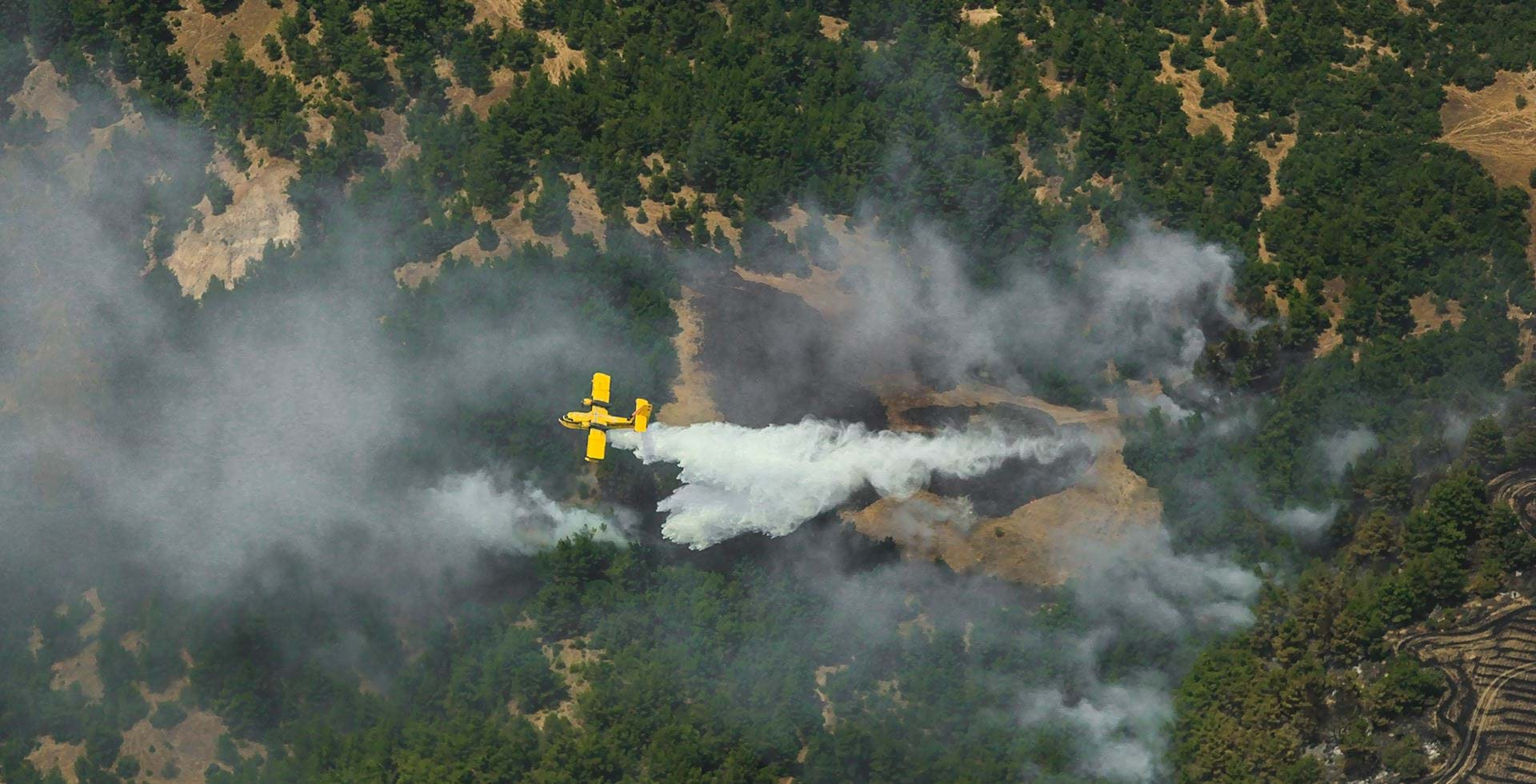
Updated software allows us to plan easily on which areas manned and unmanned aerial vehicles perform reconnaissance flight before the fire. 
Image: Risk of Distance to Aerial Vehicles (Helicopter)
